Paydecryption@qq.com Removal Guide
Malicious programs are the worst cyber threat that you can meet on the internet. Web criminals keep on stuffing malicious links/URLs and download buttons which when accessed installs scareware and ransomware.
It is important to understand how ransomware enters into the network servers to our systems despite heavy internet security. Many times, your files get lost and you never get a chance to understand the functioning, infection and effects of the ransomware.
Paydecryption@qq.com ransomware is a purest file-encrypting malware that has made several users its victim. To make it easier, you can take a look at the below table of contents.
Most cybercriminals threaten users and take advantage of them to raise the amount (in bitcoins and dollars). It spreads via malicious spam emails, attachments, links and most of the time; it removes Windows registry files to cut down the victim's computer performance.
This article walks you through a stepwise process to prevent Paydecryption@qq.com ransomware from your system. Therefore, we would suggest you to follow this ransomware removal guide.
How Paydecryption@qq.com Ransomware Works?
It is a new variant of two high-risk ransomware Dharma and Crysis. Like all other ransomware, it is also a file-encrypting ransomware that without your knowledge invades the system; mostly windows operating system. Once it makes a successful entry to the system, it encrypts (lock) the user’s files.
The new locked text files contain a message in the English language. It is a ransom note that informs victims about encryption and encourages them to visit cyber attackers for solutions.
The ransom note of encrypted files, typically states that your files are encrypted and you must pay to get them restored. However, research security experts are not in favor of this solution. Their strict guideline is: Never pay any ransom.
A ransomware lands on your network from C2 servers, inject itself in your computer and encrypts the text files, audio-video, docs, pdf, saved web pages and many more data files. The ransomware adds .brr extension, change the file name to [Paydecryption@qq.com].brr.
Whenever a file compromises, it is quite easy to distinguish it from an unblocked file. Whenever a user tries to open the compromised file, it displays a ransom note FILESENCRYPTED.TXT
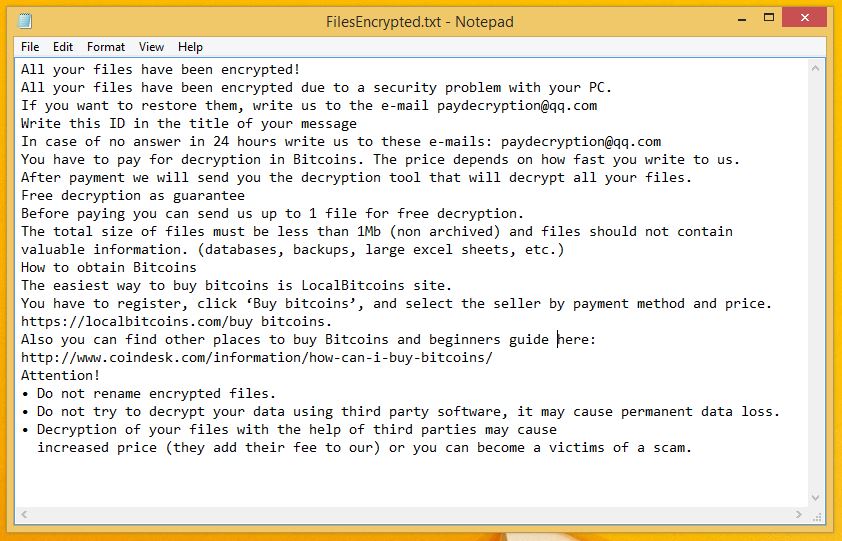
However, there is no need to pay money after reading the note. We recommend this because the developers won’t give you unlocked files after receiving money in their accounts. And to unlock files, they need decrypting keys which are already stored in your server.
Recently, we received information from a victim of Paydecryption@qq.com attack. He was asked to pay 2000 dollars for the data recovery. However, after spending 500 dollars, he didn’t receive any decryption key
We recommend using an anti-malware tool like Malware Crusher against the ransomware variant.

Effects Of Paydecryption@qq.com Ransomware
The Paydecryption@qq.com Ransomware infected computer shows the various number of nasty irritating effects as given below:
- It carries many types of cryptovirus variants, remains undetected which an ordinary antivirus tool cannot locate.
- It posses keyloggers to monitor your keystrokes, additionally sends information to hackers. It also steals your sensitive and financial information.
- Copycat Look: Developed in a manner that it represents an original program to cheat innocent users, but doesn’t contain any genuine features of the application.
- After entering into the system, it remains in the memory of the system and automatically gets executed.
- Fake scanning property: It performs bogus system scanning on the screen and shows fake results.
- Transferable: It easily duplicate itself and transmit from one infected system to another via network vulnerabilities and security checkup loopholes.
The infections are intrusive and also spy on the system. Furthermore, keeps an eye on our activities before blocking access to the system. Thus, it is important to delete Paydecryption@qq.com ransomware from the system.
Cybercriminals via these threats steal information like IP address, URL’s Search, browser history, search queries, username, ID, passwords, banking information and ATM Card information.
Paydecryption@qq.com Ransomware Encrypted Files Messages
- All your data is locked! Do you want to return? Write email {e-mail address}
- All your files are encrypted! Due to security problems in your PC. to restore, write an e-mail at paydecryption@qq.com.
- You have to pay for Paydecryption@qq.com ransomware decryptor files in Bitcoins. The price depends on how early you write to us. After payment is done, we will send you the decrypting tool to help you get your files back.
- Free decryption as a guarantee. Before paying, send us 5 files for free decryption. The size must be less than 10Mb (non-archived), should not contain any valuable information. (databases, backups, large excel sheets, etc.)
- Attention! Do not rename or edit encrypted files.
- Don’t decrypt your data by using any malware removal tool as it might cause permanent data loss.
- Pay ransom to recover encrypted files rather than using permanent removal tools.
Almost all the file messages force the victim to contact ransom and to pay the ransom. On the other hand, you should get warned from these messages. Latest versions of the ransomware weren’t decryptable manually; however, there is a chance to restore your encrypted files if you follow the process mentioned in this guide.
Unblock Your Locked Computer
Being a dangerous threat, ransomware sometimes locks you out of your computer. Whenever you start the computer, it freezes on the start window. In order to get inside, you must reboot your system in safe mode. For this, you need to follow the below process;
- Start your computer and instantly press F8(Windows 7), F5(Windows 8, 8.1 and 10) repeatedly to enter Advanced Boot Options.

- Log on the computer as the Administrator.
- Change or remove your computer’s forgotten password in Control Panel and enable the safe mode options.
Once you have access to your computer, you can follow automatic preventive methods to prevent Paydecryption@qq.com attack.

Automatic Preventive Method
Malware Crusher is one of the most vigilant tools most commonly used anti-malware tool for the Windows computer. And ransomware mostly impacts windows based computer.
Following are the removal capabilities of the tool that makes it the most watchful tool in preventing your system before the ransomware starts spreading infection;
- It’s real-time protection feature, performs a deep scan to detects malicious software, persistent threats and suspicious behavior on your computer.
- The Quarantine feature of the tool removes all infected files from your computer. Additionally, keeps a record of all deleted malicious program and allows you to choose important programs to restore at a later time.
- Malware Crusher also creates a shield against Ransomware, Adware, Malware, Browser Hijackers, Viruses, Extensions and Trojans from entering into your system.
- The 24X7 online protective shield works as an anti-exploit technology that blocks the ransomware component before they hold files as a hostage.
- It tirelessly visits all domains, URLs and web pages to secure your online presence from fraudulent entities. Furthermore, the tool also detects the vulnerabilities of online fraudulent entities effortlessly.
- It becomes fiercer in detecting keylogging, remote connections and saves your session data from being recorded.
Malware Crusher is continuously monitoring the happenings of the cyber world. In response to the new malicious codes and javascript, the tool writes anti-malware code, diagnose ransomware and neutralize the ransomware attack.
On the other hand, manual methods can’t go deep into cleaning. However, you as a user has the liberty to follow few manual preventive methods like uninstalling programs, ending the task manager process, clearing browsing history etc.
Manual Preventive Methods
- Press Ctrl + Shift + ESC together to open Task Manager. Look for suspicious files, right click on it and click End Task.
- Now, press Windows Key + R to open RUN box window. Type appwiz.cpl on it, this opens Programs and Features window.
- Select each suspicious program and uninstall it one by one. Once the uninstallation is complete, restart your computer and again redirect yourself to Programs and Features window to check whether the application is present or not.
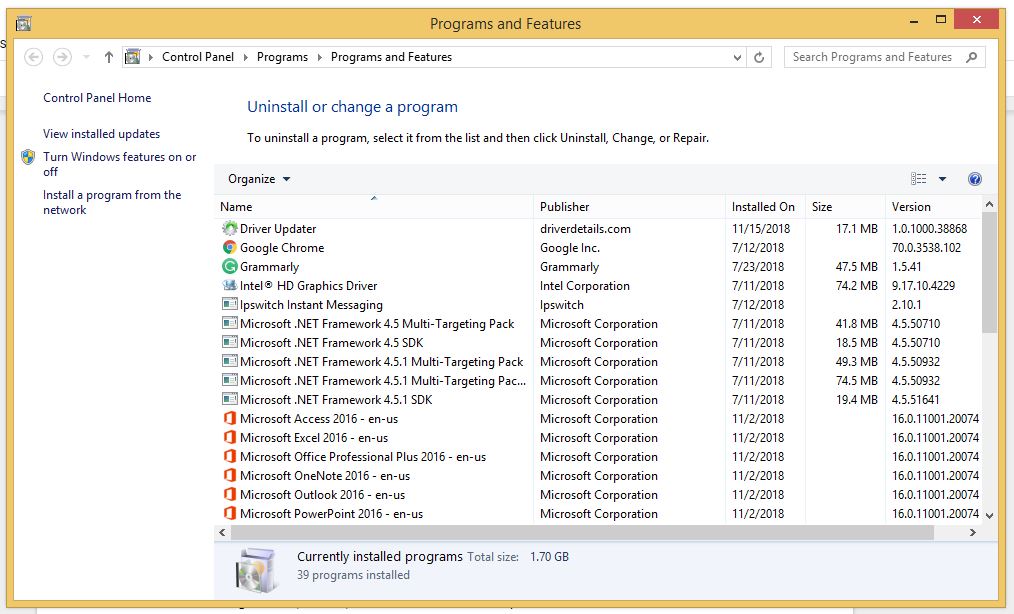
- When convinced, press Windows key + R to open RUN box window. Type regedit on it, hit OK and then click Yes.
- Go through HKEY, HKLM, etc. files and find all suspicious files and delete them.
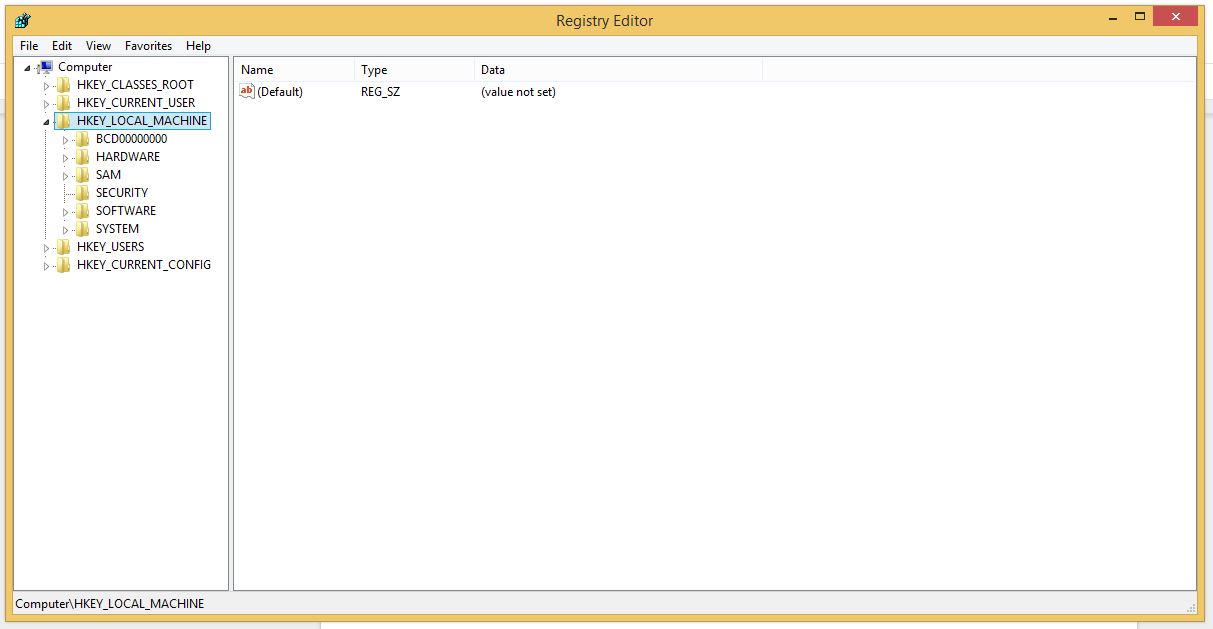
- You can also delete malicious extensions from your browsers like Chrome and Firefox.
1. Click on the Customize and control menu icon at the top right corner of Google Chrome.

2. Select "More tools" from the menu.

3. Select "Extensions" from the side menu.

4. Click the remove button next to the extension you wish to remove.

5. It will confirm again, click “remove” and the extension is finally out of the system.

Now that we have successfully eliminated the malicious browser extension, we need to create a robust firewall to avoid any such thing that makes our system and privacy vulnerable to various online threats.
1. Click on the “menu” button at the top right corner.
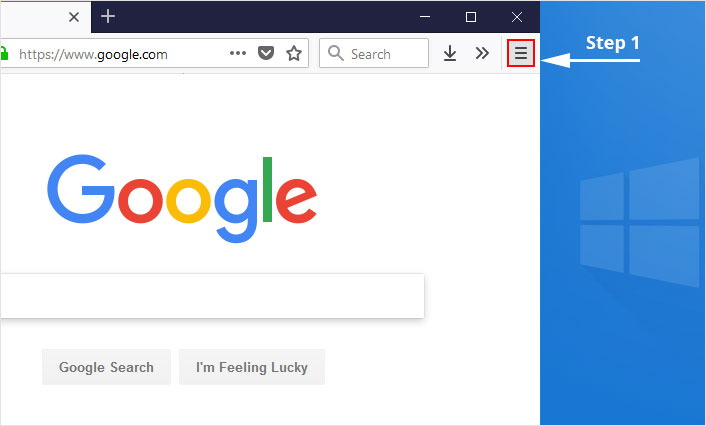
2. Select “Add-ons” from the menu.
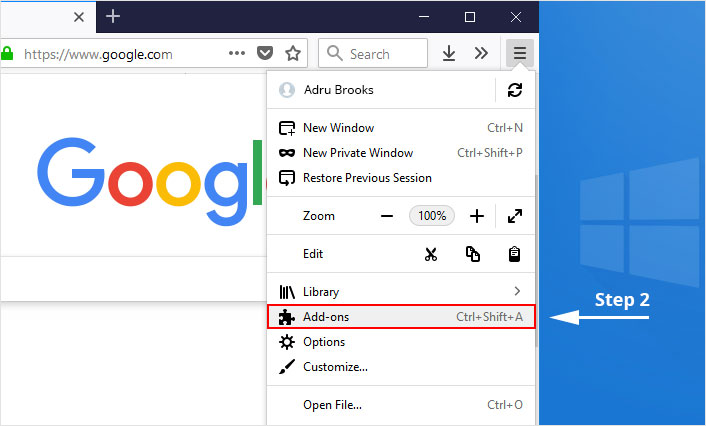
3. Click the “Remove” button next to the extension you wish to get rid of.

Now that we have successfully eliminated the malicious browser extension, we need to create a robust firewall to avoid any such thing that makes our system and privacy vulnerable to various online threats.
The manual methods sometimes might not work at Windows OS because finding suspicious and modified registry files in registry editors is a difficult task. On the other hand, if a useful file gets deleted, in that case, windows will stop working properly.
That’s why it is highly recommended to use an automatic tool to prevent Paydecryption@qq.com ransomware attacks on your computer. If you wish to get more news and awareness on the happenings of the cybersecurity, then keep visiting us.
Tips to Prevent virus and malware from Infecting Your System:
- Enable your popup blocker: Pop-ups and ads on the websites are the most adoptable tactic used by cybercriminals or developers with the core intention to spread malicious programs.
So, avoid clicking uncertain sites, software offers, pop-ups etc. and Install a powerful ad- blocker for Chrome, Mozilla, and IE
- Keep your Windows Updated: To avoid such infections, we recommend that you should always keep your system updated through automatic windows update.By doing this you can keep your device free from virus.According to the survey, outdated/older versions of Windows operating system are an easy target.
- Third-party installation: Try to avoid freeware download websites as they usually install bundled of software with any installer or stub file.
- Regular Backup: Regular and periodical backup helps you to keep your data safe in case the system is infected by any kind of virus or any other infection.Thus always backup important files regularly on a cloud drive or an external hard drive.
- Always have an Anti-Virus: Precaution is better than cure. We recommend that you install an antivirus like ITL Total Security or a good Malware Removal Tool like Download Virus RemovalTool
